What would be the technical (Electrical, structural, safety) reasons for a utility pole like those shown below? This picture was taken in Arkansas and is what I assume to be 3-phase power. Note how in one picture the poles transition back to normal steel tubular poles.
-
1What's underneath? And does it catch fire easily? This structure might catch (and ground!) a failing conductor ... hopefully before it can do too much damage to its surroundings. – Jul 01 '22 at 22:51
2 Answers
It appears the reason for these pylons is due to limited right-of-way (ROW) when the line was built. There was only a 50ft wide strip through which the line was allowed to be built on, so a narrow design was required.
The odd shape is intended keep the lines from deflecting too much in the wind and moving outside the ROW - by essentially pinning them straight down the centreline of the ROW. Due to existing structures (e.g. underground pipes, etc), the pylons had to be centred on ROW, so a typical design with the cables all on one side and the pole offset to centre them was not possible.
There is a blog post about it here. In the interest of avoiding link rot, below is an extract:
Carroll Electric Cooperative Corporation (CECC) engaged Allgeier, Martin and Associates to redesign an existing 69 kV line in northwest Arkansas for future operation at 161 kV.
Challenges
This particular line offered several challenges in design. The existing widths of Right-of-Way (ROW) varied from parcel to parcel. However, a significant portion of the ROW was 25 feet on either side of the centerline, for a total ROW width of 50 feet.
...
The structure geometry was determined for a symmetrical structure allowing for proper phase-to-phase clearances as well as clearances for the conductors to structure surfaces. Toughened glass V-string insulators were selected to essentially fix the conductor location at the structure attachment, provide additional weight and enhance the aesthetics.
- 63,168
- 3
- 139
- 196
For a single set of 3 , it appears structurally more balanced than a T-bar.
The big disadvantage is these would NOT work for phase rotation every 1km which is easily done with other tree types. This reduces magnetosphere induction by balancing the average coupling to earth ground. Watch out for this and you should see 2 wire positions being swapped every km or so.
- 1
- 3
- 54
- 182
-
Yes, I thought that too, but it's a lot of extra steel and connections for a pole. I see lots of poles with three lines on a side, for instance, these lines are attached to a pole with three on one side. – Austin Downey Jul 01 '22 at 22:51


